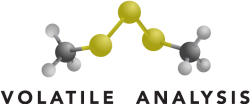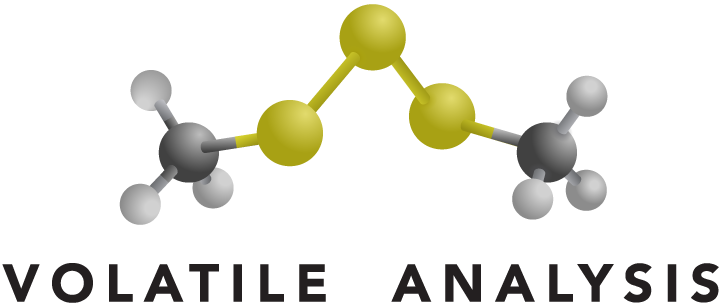
Global Multi-Cultural Sensory Program Development
How does this service work?
Sensory programs incorporate lexicon development and sensory testing with various methods such as descriptive analysis, sensory panel design, selection, and training of panelists. As part of an overall program design, it is very important to evaluate and integrate as appropriate global cultural impacts of sensory perceptions. We employ sensory techniques that allow for cultural differences in odor interpretation. Specifically our on-site descriptive panels rely on panelist input to provide the most accurate reflection of a region’s unique odor or flavor interpretation. An overall program can be deployed globally with unique applications being made for various cultural differences while maintaining the overall consistency of your sensory program.
What is the Application of this service?
VAC brings the knowledge to expand your current sensory program or launch a brand new program. Since business is global today, it is very important to consider the impact of odor and aroma of your products in various countries and environments. The sensory tools VAC has available to help identify cultural issues of acceptance of your products can help prevent a new product launch failure. An example of how a global sensory program can help mitigate potential problems is well demonstrated using the automobile industry. In the United States the “new car” smell is one that is highly desirable. In China and other Asian countries, “new car” smell may cause rejection. Our team can lead your organization in conducting sensory descriptive panels to develop commonalities in descriptive language among differing cultural groups and develop the panels to observe acceptable and unacceptable aromas by culture.
Top Industries for Global Multi-Cultural Sensory Program Development
Why do you need this service?
If your products have an international market and are affected by consumer’s perceptions of odor and aroma, a global multi-cultural sensory approach would enhance your market share. Additionally, by understanding cultural differences early in new product development, you can specifically address different markets based upon those cultural differences and pre-mitigate rejections of new products while increasing new product adoption.

